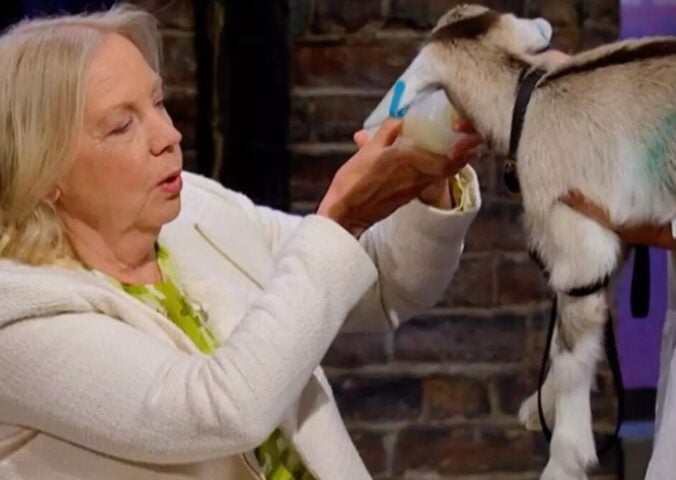Humpback whales have been removed from Australia’s threatened species list after spending years on the brink of extinction. In a media release, the country’s government named it “one of the most majestic animal recovery stories ever recorded,” and assured that despite the status change, protections of the species will remain intact.
The decision was made following a public consultation and “detailed assessment” by the Threatened Species Scientific Committee, an independent committee of scientists appointed by the Minister for the Environment.
“This is not about removing safeguards for humpbacks, which are still a protected migratory species, but it is a recognition of the success of the outstanding conservation efforts that are in place,” Minister for the Environment Sussan Ley said in a statement.
She continued: “At the height of the global whaling industry there were as few as 1,500 humpback whales in Australian waters, today that population is believed to be as many as 40,000 individuals and growing.”
Humpback whales generally live for around 50 years in the wild, growing up to 18 meters in length. In Australia, the animals migrate along the east and west coasts every year, typically from May to November, journeying for up to 10,000 kilometers.
Whaling in Australia
The country’s humpback whale population has been hit hardest by the whaling industry (although the accelerating climate crisis is also expected to take its toll on the species in the coming years).
According to Australia’s Department of Agriculture, Water, and the Environment, whaling and the export of whale products was the country’s first primary industry following European colonization.
By 1963, when the International Whaling Commission banned humpback whaling in the Southern Hemisphere, the humpback population was estimated to sit at just 3.5-5 percent of pre-whaling numbers.
Speaking on the species’ newly updated status, minister Ley stresses that this is evidence of “what can be achieved through coordinated action.”
“It is a message of hope for the welfare of a number of species,” she stated.
Ley notes that the government is exploring a long-term monitoring program for humpback whales to see that their population numbers remain stable.





